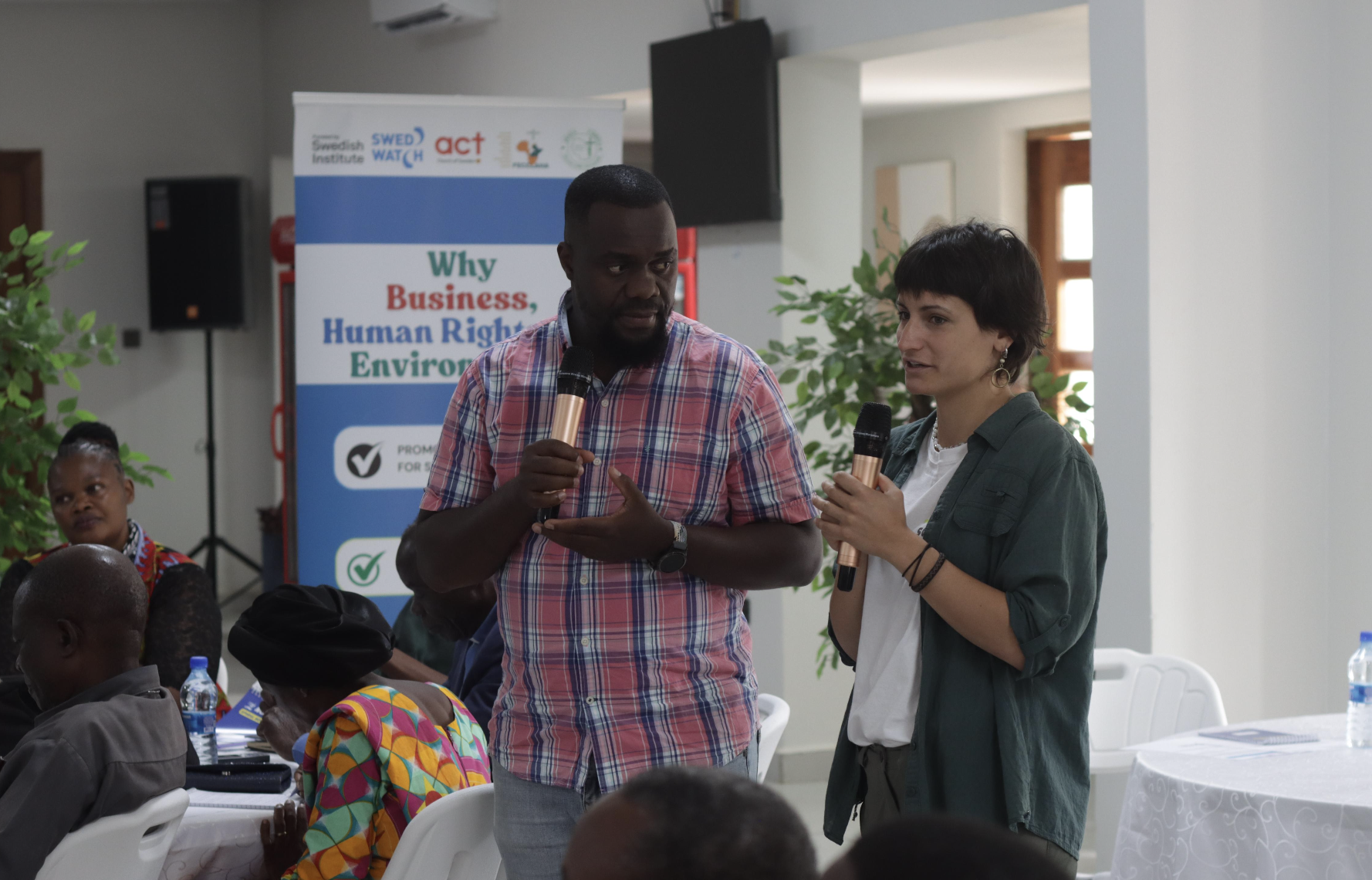This project aims to generate independent data to protect human rights and the environment in the gold-rich region of North Mara, where industrial mining has a long legacy of environmental and human health impacts.
In the gold-rich region of North Mara, Tanzania, pollution from industrial mining has long endangered local communities and ecosystems. In collaboration with local and international partners, Source International is supporting efforts to monitor environmental contamination and build community capacity. Through field training, scientific tools, and environmental sampling, the project aims to generate independent data to protect human rights, public health, and the environment.
Not far from Tanzania’s lower stretch of the Mara River lies the North Mara Gold Mine: a demolition zone located in the Tarime District, between Lake Victoria and the Serengeti National Park, a World Heritage Site hosting a number of iconic species. Since the late 1800’s, continuous gold mining in the region has polluted the Mara River’s tributaries, critical freshwater resources that already face threats from deforestation, damming, and climate change-induced extreme weather patterns.
The mining operations in the North Mara gold mines, operated by Barrick, have long introduced heavy metals (arsenic, mercury, lead, chromium, nickel, selenium) into waterways, threatening biodiversity and human health. Studies near the North Mara mine have detected elevated levels of these contaminants in river sediment, fish, and local aquifers, causing skin ailments, miscarriages, and increased cancer risk. Exposure to mining pollution has also been shown to impair child growth and raise healthcare costs in communities within 10 km of the mines.
With a growing body of evidence linking artisanal and industrial mining to soil and water pollution – worsened by unregulated mercury use (estimated 1.32 kg mercury released per kg of gold) – it is vital to generate reliable, locally-guided environmental data to empower communities, inform policy, and protect both ecosystems and livelihoods.

In collaboration with SwedWatch, the Church of Sweden, FECCLAHA, and the Christian Council of Tanzania (CCT), we are supporting local partners in Nyamongo to:
• Gather scientific evidence through water, sediments, soil, and air sampling to document pollution levels in and around gold mining sites.
• Train local stakeholders – particularly community leaders and faith-based groups – to use portable probes and basic field tests for on-going environmental monitoring.
• Install on-site monitoring instruments to enable independent, continuous sampling and data gathering by community participants.
As of June 2025, the program successfully delivered training and monitoring tools, whereas.sampling activities have been postponed due to political instability ahead of national elections. Now, plans are in place to collect samples during the upcoming rainy season (December to February) and complete air quality monitoring in the following dry season.
Supported by the project partners, in May 2025 we led a workshop for faith leaders from nearby villages. While our Swedish colleagues documented human rights violations linked to mining, Clara’s session focused on technical and practical skills to monitor environmental impacts, particularly water quality. This training taught local community members to use a multiparametric field probe for key water quality key indicators, namely pH, conductivity, dissolved oxygen, and temperature. At the end of the training, we left the field probe to the local community to allow for continued independent monitoring.

This Autumn, we will return to North Mara to strengthen this work – by giving faith leaders further technical support and collecting water samples for heavy metals analyses in an accredited lab.